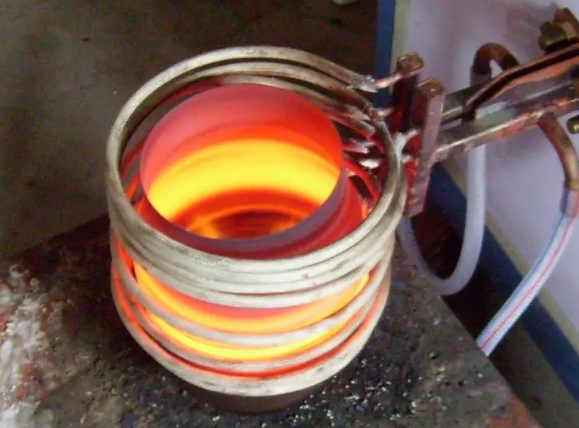- 25
- Apr
Why is the surface hardness of high-frequency quenching equipment steel after induction quenching higher than that of ordinary quenching?
Why is the surface hardness of nagyfrekvenciás oltóberendezés steel after induction quenching higher than that of ordinary quenching?
High-frequency quenching equipment The surface hardness of steel parts after induction quenching is higher than that of ordinary quenching because the surface hardness of steel parts after induction quenching is higher than that of ordinary quenching, which is the characteristic of steel induction quenching, and is sometimes called superhard phenomenon. There are various explanations for its mechanism: one explanation is that the induction heating time is short and the conditions for the growth of austenite grains are lacking, resulting in fine grains of quenched steel; the other explanation is that the cooling speed of induction quenching is extremely high, , there is a large residual compressive stress in the quenched surface layer. Therefore, the surface hardness is improved.
The square steel quenched by high-frequency quenching equipment is cut, and compared with the hardness before cutting, the hardness after cutting is reduced by more than 2HRC on average, which proves that the hardness will decrease after the residual compressive stress is removed. Another argument that can explain the increase in surface hardness caused by residual compressive stress is that the hardness of induction hardened steel decreases more than that of ordinary quenching when it is tempered at low temperature.

